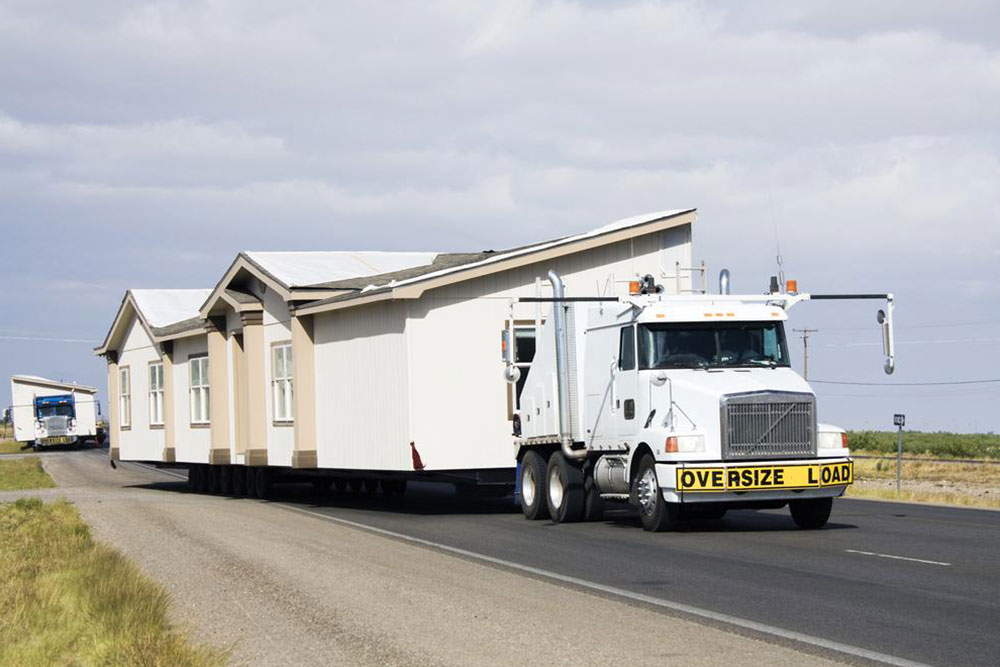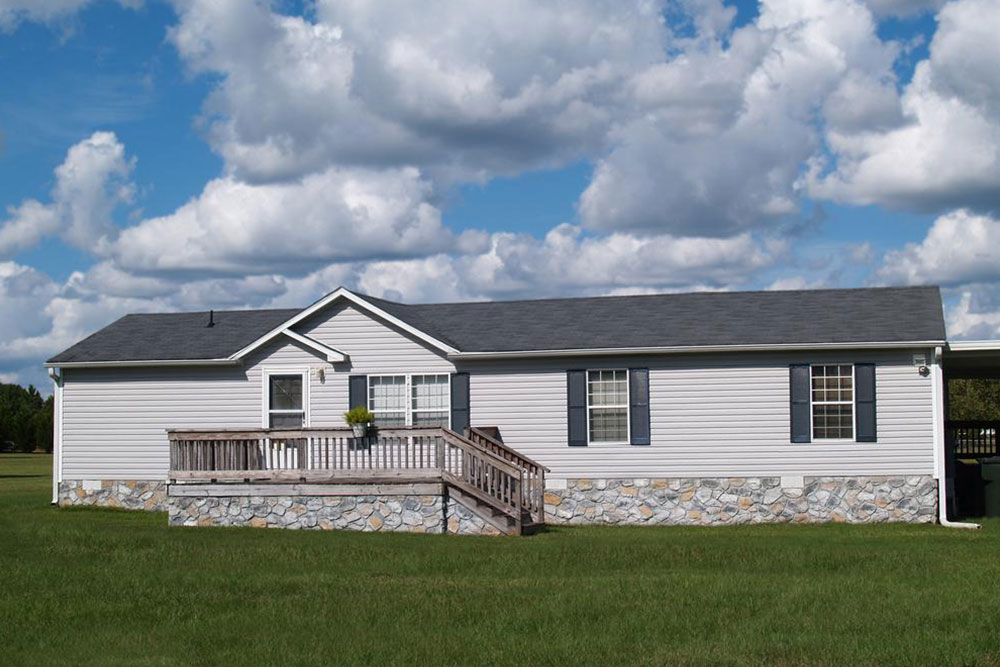Guidelines for Choosing the Optimal Senior Living Arrangements
This guide offers seniors valuable insights on choosing affordable and suitable housing options, including apartments, cooperative living, and government programs. It emphasizes the importance of research and provides details on virtual communities that support independent living. These resources aim to help seniors find secure, cost-effective housing that fosters community and maintains independence, ensuring a comfortable and enriching living experience tailored to their needs.

Guidelines for Choosing the Optimal Senior Living Arrangements
As seniors age, maintaining independence can become more challenging, making it essential to explore suitable housing options. These arrangements offer specialized care and a secure, comfortable environment tailored for seniors. With numerous choices available, selecting the best fit can be daunting. Conducting thorough research and understanding the various nearby senior housing options is crucial for making an informed decision.
Understanding Affordable Housing
Affordable housing varies based on individual circumstances. Generally, it refers to housing costs that do not exceed 30% of one’s income, according to government standards. Spending beyond this threshold results in a “housing cost burden,” impacting financial stability.
Explore Senior Apartment Living
Many seniors can access affordable independent living apartments through government initiatives, charities, and non-profits like Mercy Housing, HumanGood, Good Samaritan Society, and Volunteers of America. These communities often feature accessible amenities such as elevators and grab bars, and eligibility usually requires seniors to be over 55 or 62. Designed to promote interaction and combat loneliness, these apartments foster community engagement among residents.
Consider Cooperative Housing
Cooperative housing offers a budget-friendly alternative to traditional retirement options. Seniors buy shares in a land-owning company, granting access to housing and shared facilities like communal kitchens, laundry rooms, gardens, and activity centers. This model encourages social interaction, active lifestyles, and a sense of ownership. When moving out, members can sell their shares to recoup investments. Across the country, over 125 co-op communities offer such housing solutions, providing seniors with a blend of independence, community, and financial participation.
Utilize Government Programs
The Department of Housing and Urban Development provides programs like Section 8 and Section 202 to assist low-income seniors. These options enable seniors to find suitable, affordable housing with government support.
Section 8 Housing Vouchers: Eligible seniors receive vouchers to rent private apartments, townhouses, or single-family homes. Local housing agencies manage these vouchers, which cover a fixed rent amount directly paid to landlords. Applicants must meet income criteria and often face waitlists, but the program offers immediate aid for those experiencing homelessness or financial hardship.
Section 202 Supportive Housing: This program refurbishes existing multifamily buildings for very low-income seniors aged 62 and above. It provides rental assistance, often covering 70% of the rent, while seniors pay 30%. Qualifying seniors must have an income less than 50% of the Area Median Income (AMI), and rental options include essential services like transportation and cleaning.
Virtual Retirement Communities
This innovative service benefits homeowners by providing accessibility support without relocating. Managed by non-profits, virtual communities assist with everyday tasks such as grocery shopping, yard work, and medical visits. The annual fee is typically around $125–$450, making it an affordable alternative to physical retirement communities and supporting independent living with added convenience.










